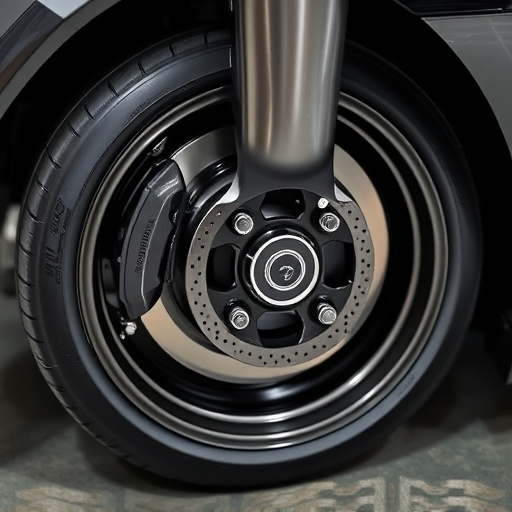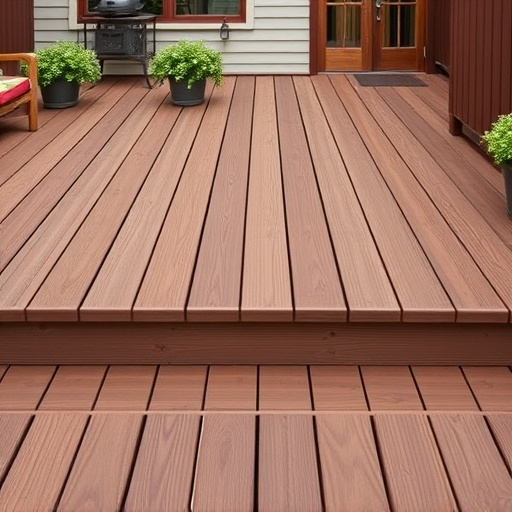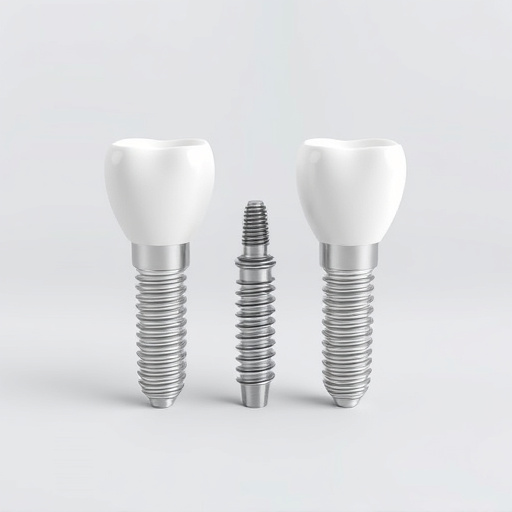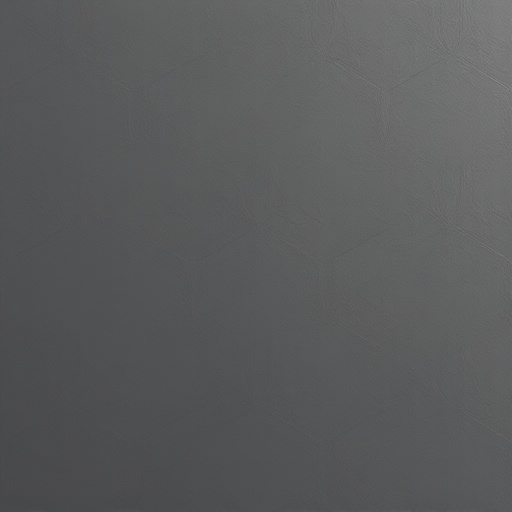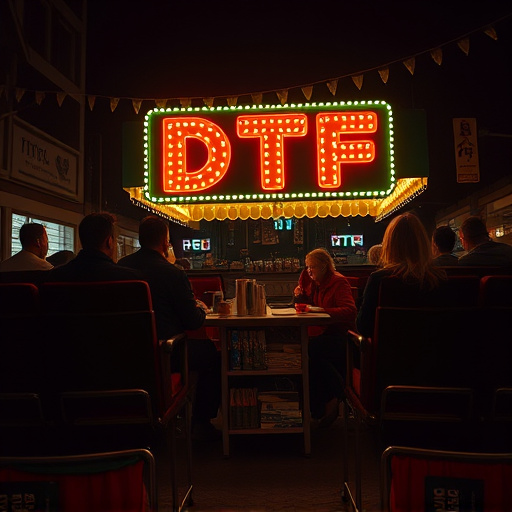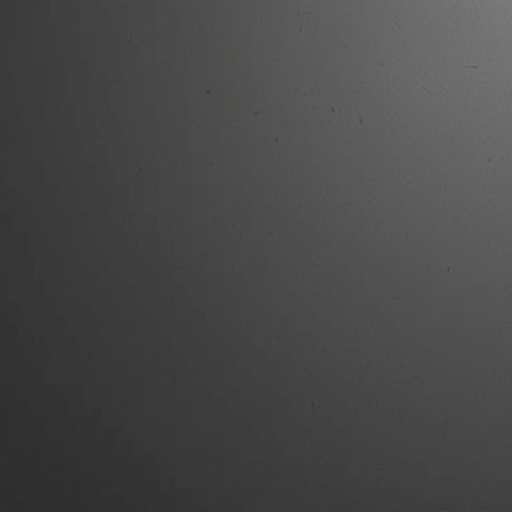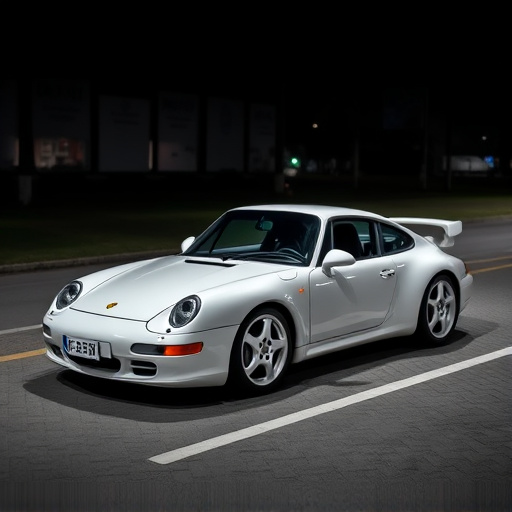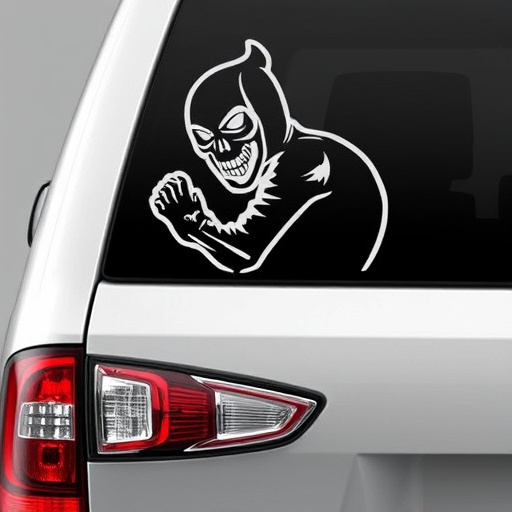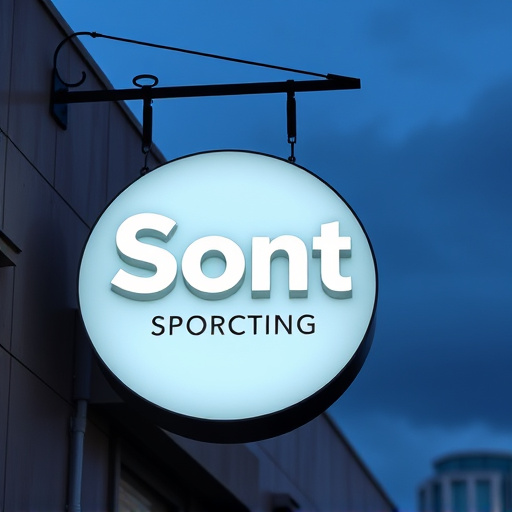Paint protection film (PPF) is a durable polymeric material that shields vehicle paintwork from environmental damage, preserving its original appearance. Unlike tinting or wraps, PPF offers invisible protection. Ideal in harsh weather or frequent car wash areas, it maintains vehicle value. Key maintenance tips include gentle washing with car-specific shampoos and a 2-3 month gap between other protective coatings to ensure optimal performance and longevity of the film.
Looking to safeguard your vehicle’s finish? Paint protection film (PPF) is a revolutionary solution that offers superior durability and scratch resistance. This article guides you through the entire process of installing PPF, from understanding its materials and benefits to mastering the step-by-step installation technique. We also provide essential post-installation care tips to ensure your vehicle’s paint stays protected and looking pristine. Discover why PPF is a must-have for any car owner seeking top-tier protection.
- Understanding Paint Protection Film: Materials and Benefits
- The Installation Process: Step-by-Step Guide
- Post-Installation Care and Maintenance Tips
Understanding Paint Protection Film: Materials and Benefits
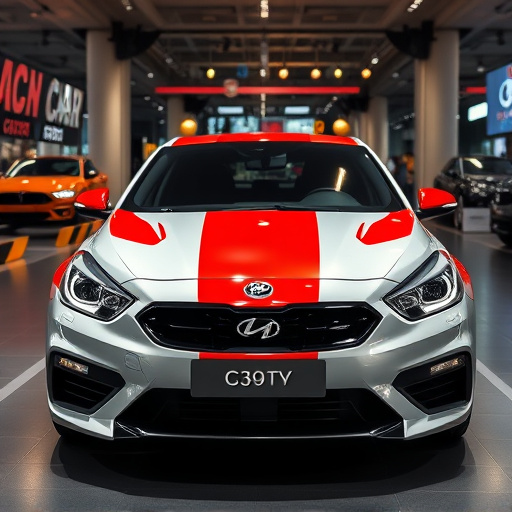
Paint protection film, also known as PPF, is a thin, durable polymeric material designed to shield vehicle paintwork from various environmental damages like scratches, chips, and UV rays. It’s not just about enhancing aesthetics; PPF offers substantial benefits for long-term vehicle care. The film acts as a barrier, preventing harmful substances from settling on the surface, which can lead to fading or damage over time. This is especially beneficial for those living in areas with harsh weather conditions or frequent car wash stops.
While often compared to ceramic window tinting and vinyl wraps, PPF stands out due to its specialized composition. Unlike tinted windows or wrapped vehicles, PPF doesn’t alter the appearance of a car but provides invisible protection. It’s a popular choice for those seeking to preserve the original look of their vehicle while adding an extra layer of defense against everyday wear and tear. This versatility makes paint protection film a preferred option for car enthusiasts and owners looking to maintain the value and condition of their vehicles.
The Installation Process: Step-by-Step Guide
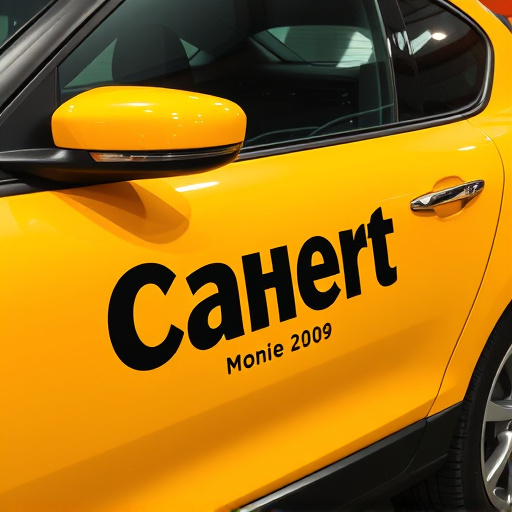
The installation process for paint protection film (PPF) involves several precise steps to ensure optimal results. It begins with thorough preparation of the vehicle’s surface, including a clean wash and decontamination to remove any contaminants that could hinder adhesion. After inspecting the vehicle for any imperfections or damages, the installer applies a primer to create a bond between the PPF and the paintwork.
Next, the PPF is cut to size and carefully positioned over the desired areas, often following the contours of the vehicle’s curves. A high-quality applicator blade ensures precise placement, while an air compressor removes any trapped air bubbles beneath the film. Once the film is securely in place, a clear coat or top layer is applied to further protect the paint and provide a seamless, glossy finish. The final step involves trimming excess material around the vehicle’s edges, resulting in a clean, professional appearance that enhances the vehicle’s aesthetics and safeguards its finish.
Post-Installation Care and Maintenance Tips
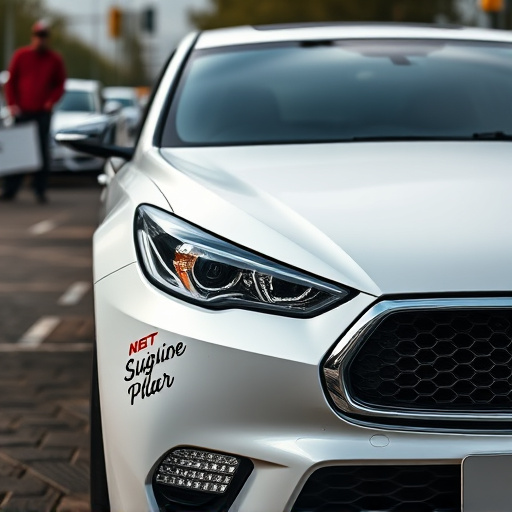
After the paint protection film installation is complete, proper care and maintenance will ensure its longevity and maintain the vehicle’s pristine appearance. Regular washing is essential; use dedicated car shampoos and microfiber towels to gently clean the surface, avoiding harsh chemicals or abrasive materials that could damage the film.
Additionally, maintaining a gap of about 2-3 months between applications of window tinting or any other protective coatings will allow the paint protection film to breathe and perform optimally. This simple step ensures the film’s effectiveness in shielding the vehicle from UV rays, bird droppings, tree sap, and other environmental contaminants that can compromise its integrity over time.
When it comes to safeguarding your vehicle’s finish, paint protection film (PPF) installation offers a comprehensive solution. By following the step-by-step guide provided and implementing proper post-installation care, you can ensure your car remains pristine and protected from the elements. Remember, PPF isn’t just about aesthetics; it’s an investment in preserving the value and condition of your vehicle’s paintwork for years to come.
